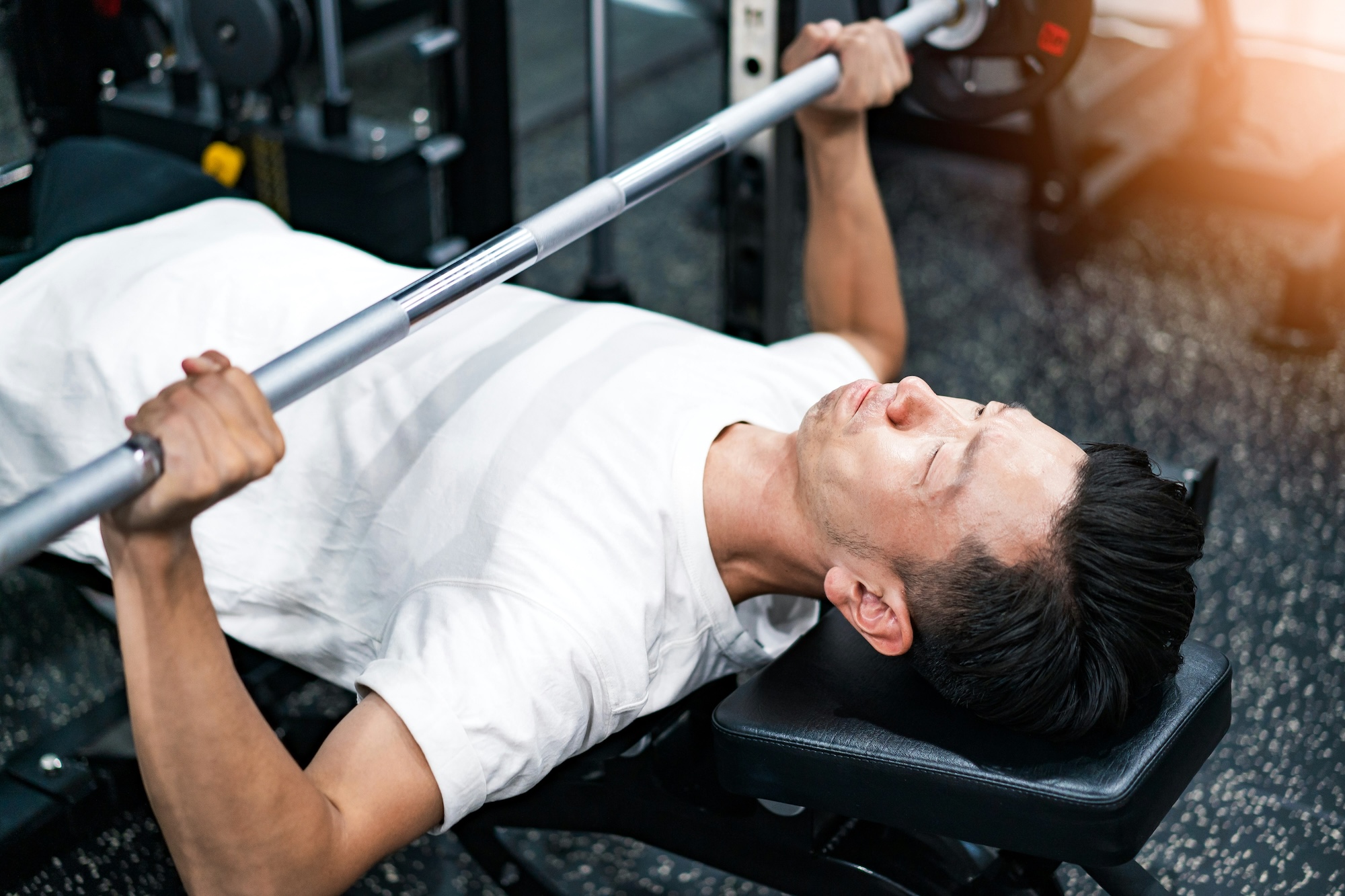So you got yourself a smart trainer… Now what?
For as long as I can remember, my relationship with a bike trainer has been on and off. When I had to juggle studying in college and training for the Southeast Asian Games in 2003, I was fortunate enough to experience indoor training on a good ol’ CompuTrainer. Arguably one of the first of its kind, it was the great (great?) grandfather of the more high-tech smart trainers we now enjoy today. Throughout the years, having an indoor trainer at your disposal has become increasingly relevant for time-crunched athletes.
Lately, smart trainers have become a crucial part of many age-group and professional athletes’ “pain caves,” both for increasing the quality of their bike sessions as well as keeping themselves safe from the life-threatening dangers of riding outdoors.
Smart trainer training for dummies
Setting up a smart trainer is not as complicated as you think. You can DIY it but if you’re like me and you’re not as confident in your mechanical skills, I would suggest having a skilled bike mechanic, preferably someone from the shop where you bought your smart trainer, assemble the hardware and physically teach you how to mount your bike and hook it up with your tablet or whatever type of interface you wish to use.
Ask about compatibility issues just to be sure but for current models, this shouldn’t be a problem. If you purchased a direct drive trainer, which just means you mount your bike on the trainer without the rear wheel, you may need to purchase extra accessories like a rear derailleur and/or sprocket that has the same gear combination as the one you have on your rear wheel. Once you’re all set, if possible, load the assembled smart trainer from the shop and into your car as is (minus the bike) so that when you go home, all you need to do is mount your bike as per the mechanic’s instructions.
If you purchased a direct drive trainer, which just means you mount your bike on the trainer without the rear wheel, you may need to purchase extra accessories like a rear derailleur and/or sprocket that has the same gear combination as the one you have on your rear wheel
Maximizing the comforts of your pain cave
Whichever part of your room or corner in your home that you designate as your pain cave, make it as comfortable and hygienic as possible. Whether you like it or not, a lot of sweat and possibly tears will be spent in this room. Protect your floor surface from sweat and scratches with a heavy-duty rubber mat placed under your trainer. Make sure you have access to an outlet that’s close enough to all items that require a power source.
Adequate lighting will be necessary during pre-ride setup but you may also opt to ride in the dark, if you are so inclined. Either way, you’ll need a stand for your tablet and other indoor training paraphernalia such as speakers, phone, food, drinks, and towel. A riser for your front wheel is highly recommended, even an old book or vintage telephone directory will do as long as it’s stable and not at risk of slipping under your wheel. Last but not the least, you’d want your temple of pain to be air-conditioned, otherwise, a high-powered electric fan that’s mounted right in front of your face will do.
Now for the techie part
The main difference between a bike trainer with an ergonomic (a.k.a. “erg”) mode and one without is that it allows you to maintain target power without shifting. The smart trainer does it for you and all you have to do is pedal and maintain your ideal cadence. But, in order for the smart trainer to do that, it needs to be synced with a software that will determine what that target power is.
Enter indoor bike training programs like Zwift, TrainerRoad, and the like. For as little as US$15 a month (for Zwift) or US$129 per year (for TrainerRoad), you can maximize the use of your smart trainer by uploading workouts and bike routes or even joining online cycling events from the comfort of your home.
The best way to enjoy these features is to start by doing an FTP test. Most (if not all) online cycling software should have this as one of its workout options. Your target power will depend on the results of your FTP test so once you get over those 20 minutes or so of pain, you’re well on your way for more pain, minus the gear shifting.
As mentioned earlier, you can train this way by setting your calculated FTP value based on the test under your account details and choosing among the software’s list of workouts. Some programs allow you to create a custom workout as well where you plot your own workout sections like warm-up, main set, cool down, and training variables like warm-up/cool down time, work interval time, rest interval time, and %FTP. But to really appreciate the online cycling experience, I cannot stress enough how having a high-speed internet connection is a must. The last thing you want is to be all wound up due to frustrating Wi-Fi service before you’ve even mounted your bike.
If you’re training for Alveo Ironman 70.3 Davao and need some guidance, please feel free to check out my previous articles here. For those who have been following along religiously and would like access to the continuation of the Build training program, please go ahead and download it here.
For any training-related questions, feedback, or suggestions, please drop me a note on the comments section below or email me directly at [email protected].












































